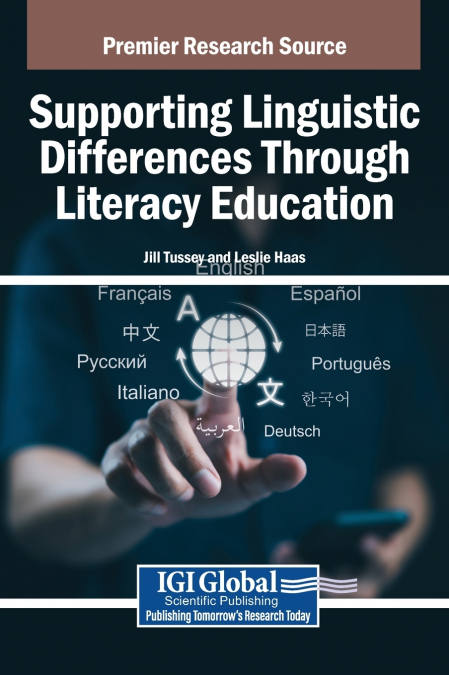
In a globalized world, it is critical to support linguistic diversity in educational systems. Literacy education plays a pivotal role in bridging the gap for students who speak different languages, enabling them to acquire reading and writing proficiency while preserving and celebrating their cultural identities. By integrating inclusive teaching practices and fostering an environment that values multilingualism, educators can help students navigate the challenges of language barriers while promoting greater academic achievement. Supporting linguistic differences through literacy education may enhance language skills and empower students to thrive in a multicultural society, using language as a tool for learning and personal expression. Supporting Linguistic Differences Through Literacy Education explores linguistic variations throughout reading and writing education. It offers solutions to address language barrier challenges and promotes the integration of multiculturalism into the education curriculum. This book covers topics such as skill development, inclusive teaching, and multilingualism, and is a useful resource for linguists, educators, sociologists, academicians, researchers, and scientists.